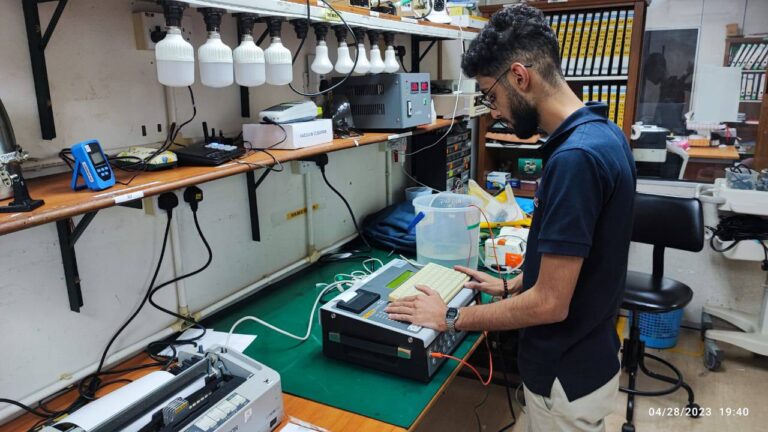In the realm of biomedical engineering, adherence to international standards is paramount to ensure the safety and efficacy of medical devices. Three prominent standards, namely IEC 60601-1, IEC 61010, and IEC 62353, play a crucial role in ensuring compliance with essential requirements. This essay aims to elucidate the significance of these standards and their application methodology in Malaysia.
Importance of IEC 60601-1: IEC 60601-1, also known as the Medical Electrical Equipment Safety Standard, provides guidelines for the design, construction, and testing of medical electrical equipment. Compliance with this standard ensures that devices meet essential safety requirements, safeguarding patients, healthcare professionals, and operators. IEC 60601-1 enhances the overall quality and reliability of medical devices, reducing the risk of electrical hazards and ensuring their safe usage in healthcare facilities.
Importance of IEC 61010: IEC 61010 focuses on the safety of electrical equipment used for measurement, control, and laboratory use. This standard is vital in biomedical engineering as it encompasses devices such as laboratory analyzers and testing equipment. Compliance with IEC 61010 ensures the reliability and accuracy of measurements, protects operators from electrical risks, and prevents potential malfunctions that could compromise test results.
Importance of IEC 62353: IEC 62353, also known as the Medical Electrical Equipment Maintenance Standard, provides guidelines for the safety and effectiveness of medical device testing and maintenance. Compliance with this standard is crucial to ensure that biomedical equipment is regularly tested and maintained to minimize the risk of equipment failure during critical procedures. IEC 62353 supports the longevity and reliability of medical devices, enhancing patient safety and optimizing healthcare services.
Application Methodology in Malaysia: In Malaysia, the application of these standards is integral to the biomedical engineering field. The government, through agencies such as the Medical Device Authority (MDA), ensures that medical devices comply with relevant standards before entering the market. Biomedical engineers and manufacturers must adhere to these IEC Standards during the design, manufacturing, installation, and maintenance stages.
To ensure compliance, the application methodology involves thorough testing, certification, and documentation processes. Biomedical engineers in Malaysia work closely with regulatory bodies and accredited testing laboratories to evaluate medical devices’ compliance with the applicable standards. This methodology involves comprehensive risk assessments, electrical safety testing, and performance verification, certifying the devices for safe use in healthcare facilities.
In conclusion, IEC 60601-1, IEC 61010, and IEC 62353 compliance hold significant importance in the biomedical engineering field. These standards ensure the safety, reliability, and effectiveness of medical devices, reducing risks for patients, healthcare professionals, and operators. In Malaysia, the application methodology involves stringent testing, certification, and collaboration with regulatory bodies to ensure compliance with these standards. Adhering to these international standards paves the way for a robust and safe biomedical engineering industry, promoting quality healthcare services for the Malaysian population.
Key words: Electrical Safety Testing, Medical Equipment maintenance, Safety Standards, Medical Electrical Equipment Standards.
LinkedIn: NIQ Engineering
